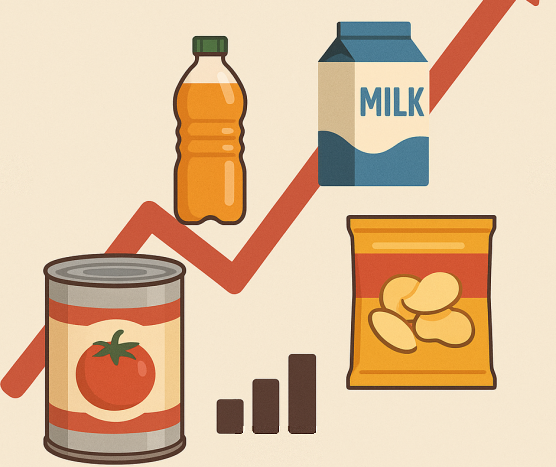World Trade of Capital Goods: Business cycle and Growth prospects
Strong recovery in global demand for capital goods, driven by revitalization of world trade and improvements in manufacturing technology
Published by Marzia Moccia. .
Industrial equipment High-tech Uncertainty Conjuncture Slowdown Global economic trends
Having a map of the state of international demand for equipment, machinery and plant goods is a particularly relevant information in the current economic climate. Indeed, world trade in capital goods is a relevant indicator for assessing the timing and intensity of the rebound in the near future, providing insight into the investment policies of businesses around the world.
As mentioned in the article World Trade Recovery strengthens in Q1-21, as the recovery in international trade strengthened, the progressive recovery of trade in investment goods on an international scale also intensified in the first quarter of the new year.
The chart below shows the dynamics of the annual cumulated value for the main capital goods industries, distinguishing by Machinery, Industrial Plant, ICT Equipment and Industrial Tools.

Source: ExportPlanning
Net of ICT equipment, which as we have repeatedly recounted experienced significant growth even in the year of the pandemic, the remaining capital goods industries experienced a broad fall in the annus horribilis, which added up to a slowing 2019. This evidence is particularly visible for Machinery, for which, intensifying trade tensions, had triggered a phenomenon of downsizing international trade in the sector. However, the results of the first quarter of the new year marked a clear reversal of the trend for all the segments under analysis.
Articulating the analysis in terms of sectors, a comparison with the values of the first quarter of 2019 shows that most types of capital goods showed growth in the first quarter of 2021 compared to pre-crisis levels, foreshadowing a possible recovery of a more expansive growth dynamic of the last two years.
World trade of capital goods by sector
Source: ExportPlanning
Demand for goods related to the electronics industry and high-tech is confirmed to be particularly driving, with investment in communications equipment (F1.42) and computers (F1.41) reporting double-digit growth over 2019. Similarly, growth in demand for semiconductor manufacturing machinery and equipment (F4.SEM) has intensified. Despite smaller increases, investment in the remaining capital machinery categories was also in positive territory when compared to the first quarter of 2019. The result includes both application machinery in supply chains that showed themselves to be particularly resilient during 2020, such as packaging or food machinery, and machinery of more traditional use. On the other hand, a less pronounced recovery seems to characterize trade in industrial plant engineering, an industry largely penalized by the pandemic crisis.
The analysis therefore seems to suggest that the revitalization of international trade and the gradual overcoming of the uncertainty linked to protectionist actions and the pandemic context may give space in the coming months to a new phase of development of world investments, strongly supported both by the expansionary policies implemented and by the phenomena of reorganization of the value chains and the technological improvement of equipment currently underway.
In fact, as shown by the graph shown, which reproduces the World Uncertainty Index, since the second half of 2020 there has been a rapid and progressive reduction in the level of international uncertainty, which now seems to have gradually approached the values of 2018.

Source: ExportPlanning
On the basis of available information, increased demand for capital goods related to digitization and plant modernization is driving the industry's recovery, while a robust recovery of growth for firms' capacity expansion does not yet appear to have started. However, the conditions for a new global investment cycle appear to be in place.


